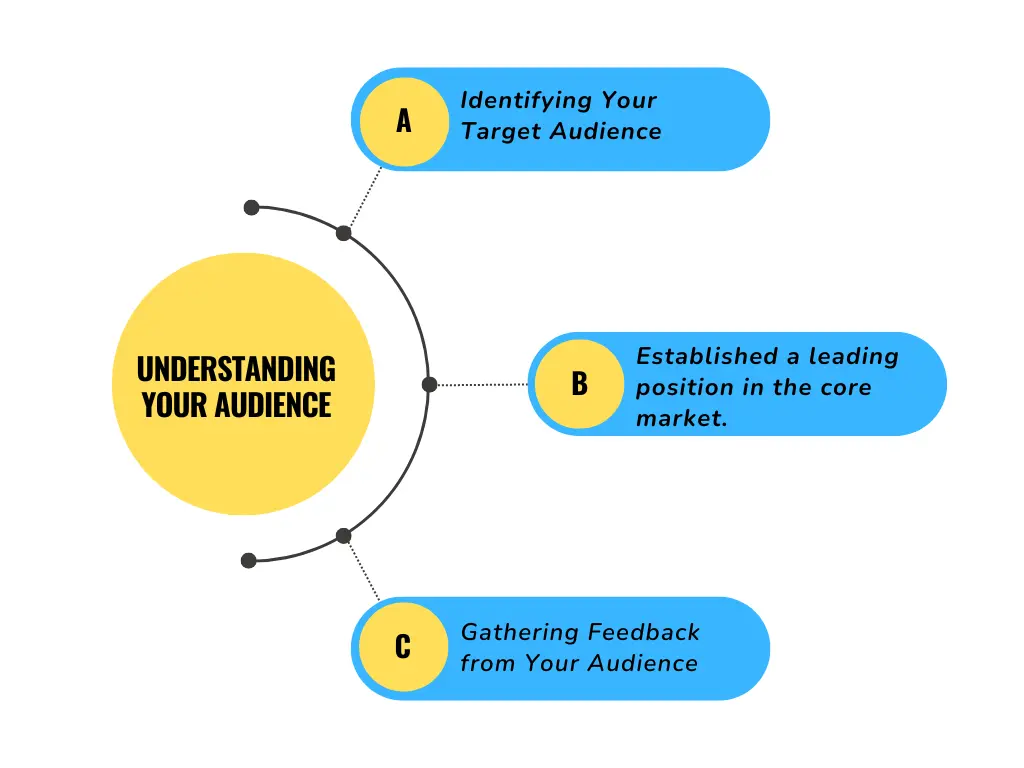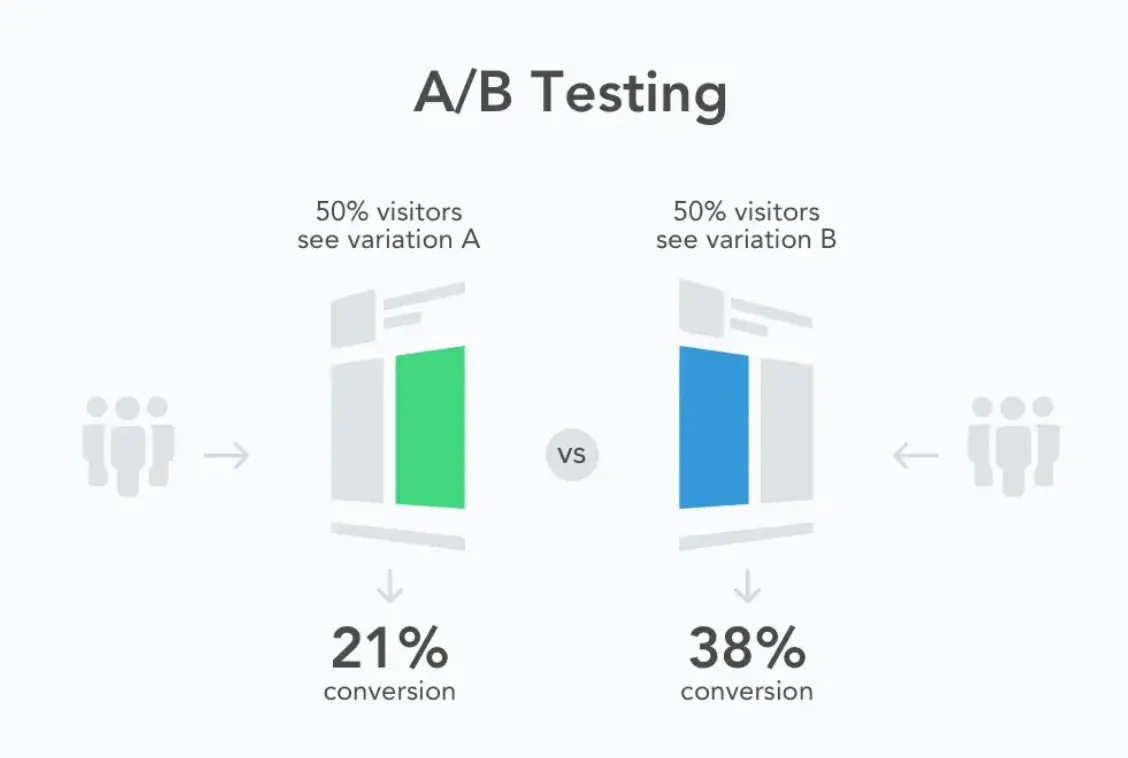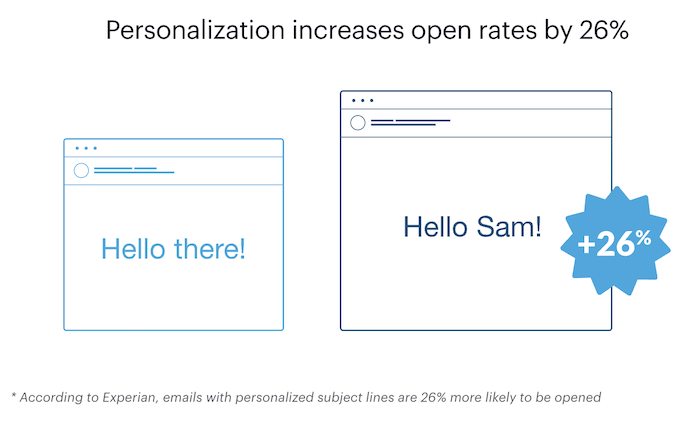How to Create Engaging Email Content That Your Readers Love?
I. Understand Your Audience: Learn to Create Email Content Your Readers Will Love.

A. Identifying Your Target Audience
- Demographic Analysis, Psychographic Insights, Behavioral Patterns
B. Segmenting Your Audience for Personalized Content
- List Segmentation Strategies, Tailoring Messages Based on Segments, Testing Different Approaches for Each Segment
C. Gathering Feedback from Your Audience
- Utilizing Surveys and Polls, Analyzing Engagement Metrics, Encouraging Direct Responses to Emails
II. Write Eye Catchy Subject Lines.
A. The Importance of Subject Lines
- First Impressions Matter, Influence on Open Rates, Setting Reader Expectations
B. Characteristics of Effective Subject Lines
- Clarity and Conciseness, Use of Actionable Language
- Incorporating Personalization
C. A/B Testing Subject Lines for Improvement

- Establishing Testing Parameters, Analyzing Results and Trends
- Implementing Findings for Future Campaigns
III. Writing Engaging Email Body Content.
A. Structuring Your Email Content
- Creating a Logical Flow, Using Clear and Concise Language
- Incorporating Visual Elements
B. Techniques for Making Your Content Interesting
- Storytelling Elements, Practical Tips and Advice
- Interactive Content Opportunities
C. Encouraging Reader Interaction
- Including Clear Calls to Action, Asking Engaging Questions
- Offering Exclusive Content or Incentives
IV. Designing Visually Appealing Emails.
A. Importance of Email Design
- Enhancing Readability, Establishing Brand Identity
- Impact on Engagement Rates
B. Best Practices for Email Layout
- Using White Space Effectively, Balanced Use of Text and Images
- Consistent Branding Elements
C. Mobile Optimization Techniques
- Responsive Design Principles,Testing Across Different Devices
- Simplifying Content for Mobile Readers
V. Evaluating and Improving Email Campaigns
A. Defining Key Performance Indicators (KPIs)
- Open Rates and Click-Through Rates, Conversion Rates and Return on Investment
- Engagement Metrics Over Time
B. Analyzing Campaign Performance
- Using Analytics Tools for Insights, Comparing Against Industry Benchmarks
- Adjusting Strategies Based on Performance
C. Continuous Improvement for Future Campaigns
- Learning from Successful Campaigns, Addressing Common Pitfalls
- Staying Updated with Email Marketing Trends
Conclusion
The Importance of ongoing audience engagement. Encouragement to experiment and iterate. Creating engaging email content is a multi-faceted process. It begins with a deep understanding of your audience, allowing for targeted segmentation and personalized messaging. By mastering these elements, you can build stronger connections with your audience and achieve your email marketing goals.
FAQs
1. What are the best times to send emails for higher engagement?
General Best Practices (Based on Numerous Studies):
- Mid-week (Tuesday, Wednesday, Thursday)
- Weekends (Saturday, Sunday)
- Morning (8:00 AM - 11:00 AM)
- Early Afternoon (1:00 PM - 2:00 PM
- Late Afternoon (4:00 PM - 6:00 PM)
Important Considerations:
- Your Specific Audience: The general guidelines are a good starting point, but the best time for your emails depends on your audience.
- B2B vs. B2C: B2B emails often perform better during work hours, while B2C might have more flexibility, including evenings or weekends.
- Industry: Different industries have different email habits.
- Time Zones: Always consider your audience's time zones.
- Promotional Emails: Might do well in the late afternoon or on weekends.
- Newsletters: Mid-week mornings are often a good choice.
- Important Announcements: This might require a more immediate send, regardless of the "ideal" time.
2. What are the best ways by using that I can increase my email open rates?
A. Attractive Subject Lines
- Personalization
- Curiosity & Intrigue.
- Urgency (Use Sparingly): Examples: "Last chance," "Limited time offer."
- Clarity & Conciseness: Keep subject lines short (under 41 characters is ideal for mobile) and communicate the email's value.
B. Segment Your Email List
- Targeted Content
- Segmentation Strategies
C. Send at the Right Time
- Test and Analyze: Experiment with different send times to see what works best for your audience. Mid-week mornings are often a good starting point, but your data is the most reliable guide.
- Time Zone Considerations: If you have subscribers in different time zones, schedule your emails accordingly.
2. Work on Email Content:
- Relevancy is one of the most important things.
- Drive clarity write important and accurate as per the customer needs.
- Build relationships between you and customers.
- Use attractive Propositions: Clearly state the benefits of responding or taking action. What's in it for them?
3. Adjust Sending Schedule
- Timing: Experiment with different send days and times to see what works best for your audience.
- Frequency: Don't overwhelm your subscribers with too many emails. Find a balance that keeps them engaged without being annoying.
Tags: Email Marketing, Best Email Marketing in Delhi, Grow Email Content, Content Marketing.


